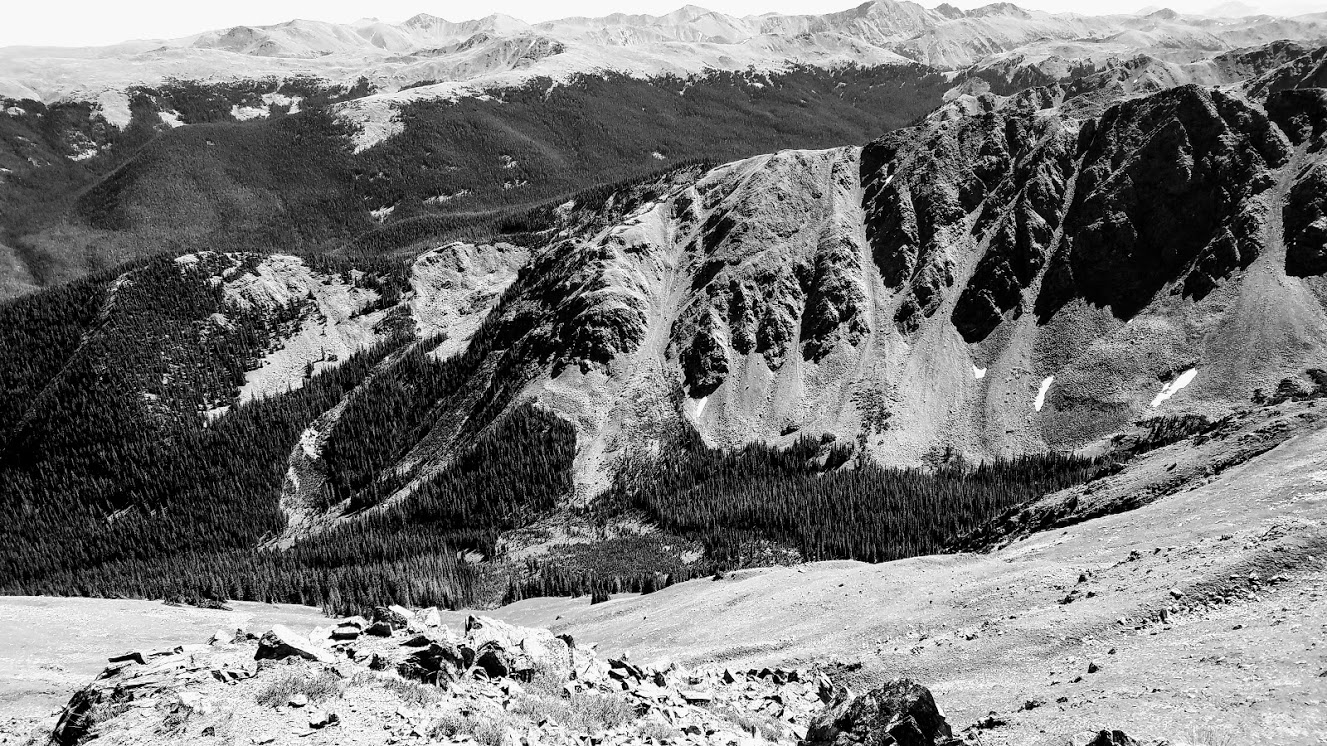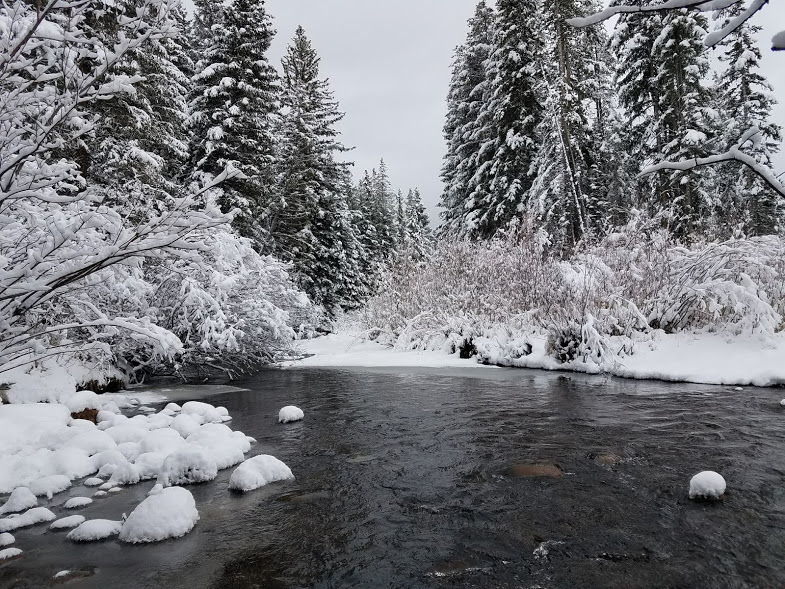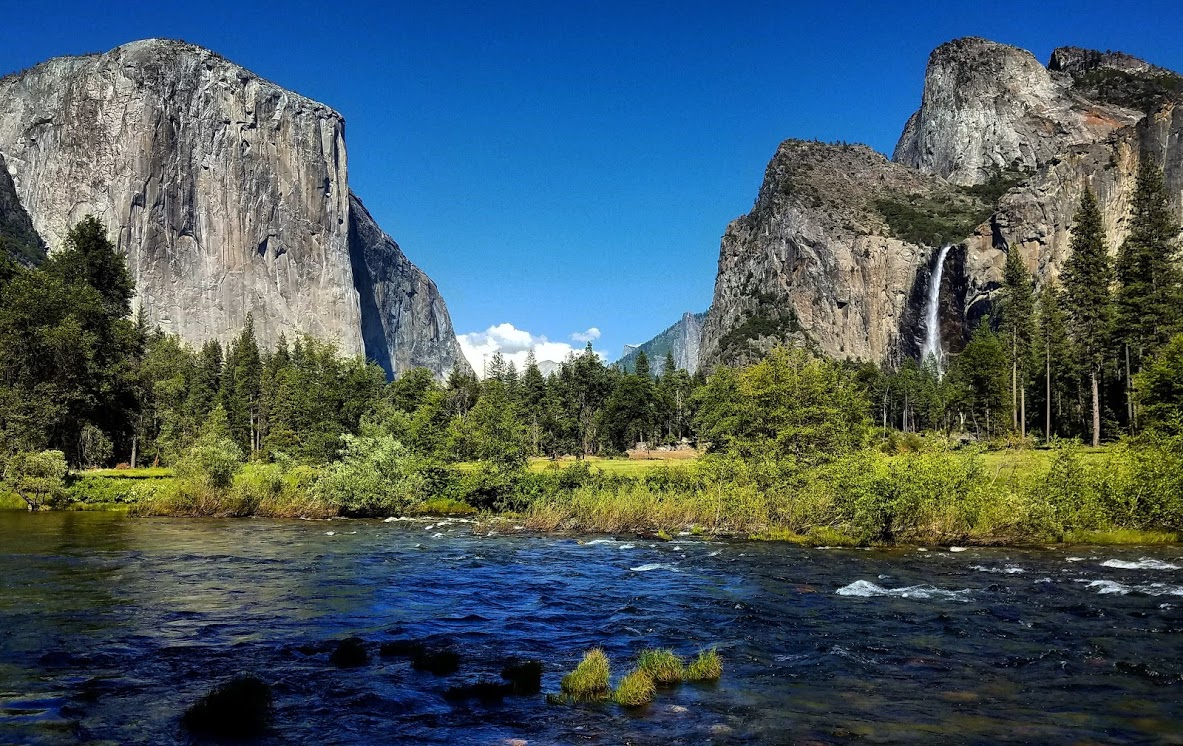During the worst years of my pain I became withdrawn and isolated, disconnected from the people, places, and experiences that mattered to me. My sole focus was pain and being rid of it so I could get on with my life and get back to being me. Back then, sitting was my worst ‘activity’ so I stood everywhere. Mostly, I stood at the kitchen counter at home, for hours each day, in all-consuming pain.
Drew Leder wrote in The Experiential Paradoxes of Pain: “the pain of a small and particular thing…can totalize itself. The specific pain diffuses like a malignant mist throughout the experienced world.”
The totalized pain in my hip was the malignant mist through which I experienced the world. Pain that was at the center of every thought, every decision, every movement, every moment. Anything that managed to make its way into my consciousness was colored by pain, shrouded by the malignant mist through which I experienced everything.
It was a distressing and difficult time. The world as I knew it had utterly changed. I sought answers, of course. I wanted desperately to make sense of this pain that had upended my life, my world. I was given many explanations and promised many cures. Your pain is X (weakness, dysfunction, impingement, damage, instability, imbalances, misalignments…) and Y (strength training, core stability training, muscle relaxants, injections, surgery, chiropractic, massage, posture training, correcting faulty movement patterns…) will fix it.

Joletta Belton
Joletta is a storyteller, advocate, and educator. She makes sense of her pain through science and stories on her blog, MyCuppaJo.com, and is co-founder of the Endless Possibilities Initiative, a nonprofit organization with a mission of empowering people living with pain to live well.
Only I was never fixed. Despite doing everything I was told, following every medical direction, doing every bit of my homework, the pain remained. I failed physical therapy, injections, surgery, because we fail treatments, they do not fail us. I lost the war against this enemy pain, my body the traitor that betrayed me.
Withdrawal
I felt I was to blame. I was ashamed. Ashamed I wasn’t getting better when I should have. Ashamed I wasn’t handling this pain thing better. Ashamed I had let everyone down: my fellow firefighters, my friends, my health care providers, my family. My husband. If there was nothing really wrong with my hip that could explain this pain, there must be something really wrong with me. I must be weak, if not of body than of character. Of constitution.
I withdrew further into the malignant mist.
“At the heart of suffering is a feeling that what ought to be whole is being split apart. This feeling may be experienced as a split between one’s self and one’s malfunctioning body or as an isolation of the self from the human community.” Howard Brody
I suffered. I was split apart. Split apart from my traitorous body. My ‘stupid hip’. And I was so angry at that stupid hip and that enemy pain that had invaded my body and took over and turned my world upside down. I was split apart from my fire family, my biological family, my friends, my husband. Split apart from all of the things that mattered to me, all the things that made me feel like me. I was split apart from any sense of a viable future. There was no way forward. I lost hope.
The pain in my hip was nothing compared to the suffering of my person.
“At first it was a heavy sense of loss and sorrow, wherein I could distinguish little else. By imperceptible degrees, it became a hopeless consciousness of all that I had lost – love, friendship, interest; of all that had been shattered…the whole airy castle of my life; of all that remained – a ruined blank and waste, lying wide around me, unbroken to the dark horizon.” David Copperfield, Charles Dickens
I was stuck there for a long time, in that land of blank and waste.

When there was no future but pain itself, I withdrew from nature, too. Like a hurt animal I hid myself away from the world in an attempt to heal. Yet that withdrawal was in itself painful, was in itself the cause of great suffering.
Just when we need connection the most, we disconnect.
Nature is where I have long found peace, solace, joy, love, adventure, freedom. I was raised to appreciate the great outdoors and its simple pleasures: the beauty of a flower growing through a crack in the asphalt, a snail trail across a sidewalk, the smell of rain on the air, the sound of birds in spring, the feel of a light breeze in your hair, the warmth of sun on your face. In my pain, I had forgotten. I was so focused on the pain, so focused on finding the cause, the cure. What I lost in this singular focus on pain was immense.
A turning point
My surgeon, a wonderful human, never once made me feel my pain wasn’t real, or that still having pain after surgery was my fault. He believed me. Yet there was nothing more he could do to help me. He said my best chance was to find my own way, that the broken worker’s compensation system could not help me. I had already been declared as ‘permanent and stationary’ at an 11% whole person impairment. A medico-legal decree that I would never get better. That this suffering, this blank and waste, was my forever.
That was not acceptable.
It was terrifying to set out on my own path, yet I had hit rock bottom and was out of options. What else was I to do?
Being a nerd, I went back to graduate school to study movement and pain. It was a fortuitous, if challenging, decision. Fortuitous because it changed the course of my life. Challenging because so many of my beliefs about pain proved to be misinformed, outdated…wrong.
I came to understand my pain differently and, more importantly, myself with pain differently. I wasn’t broken, damaged, dysfunctional goods. I wasn’t weak or unstable or difficult or a failure. I was just a human being living through a complex and difficult experience, doing the best I could. I wasn’t fundamentally flawed, wasn’t to blame for my pain. And (a big AND!) there were things I could do to change my experience.
Getting back out there
No longer fearing that every painful step (and every step was painful) was doing more harm, I got back outside. And there, surrounded by nature, I remembered. I remembered how much nature meant to me, how much solace it brings me, how much joy and peace and hope.
I didn’t have to worry about being judged. It didn’t matter what my posture looked like, how I moved, what I did. For so long the simplest of movements were so damn difficult – sitting, standing, taking a step, getting out of bed. I tried to do them ‘right’ so as not to cause more pain, having been ‘diagnosed’ with so many movement dysfunctions, told so often my posture was the problem – unlevel shoulders, excessive rotation, hip hiking, too much pelvic tilt (posterior or anterior, depending on which physio I was seeing), repeatedly told my hip was weak, my core unstable, my tibia torqued. It all became paralyzing over time. How does one move when one is so messed up?
In nature, none of that mattered. Over time I began to move with more ease. I could just be. Just move – without thinking, without planning, without worry. I could forget myself for a moment, forget my pain for a moment.
That was monumental.
Inevitably, though, I would start to focus on my hip – old habits are hard to change! I’d check in to see how the pain was doing, then things would go off the rails and it’d be hard to shift my focus away from the pain.
I didn’t give up, though. Instead, I started taking pictures with my phone, which forced me to literally see the world through a new lens, from a different perspective. The more I saw the world through the lens of photography, the less I thought about my hip, my gait, my pain, my guilt, my shame, my fears, my worries. I just moved – thoughtless, easeful, glorious movement.
I’ll never forget the moment I was squatting over a snowmelt river, precariously balanced on two rocks, to get a better shot. My butt was only inches off the water, as the composition I wanted required me to get low. I got the picture…

…and looked down at the water rushing between my feet. It dawned on me that I was squatting. Not just squatting, ass-to-grass squatting, and I hadn’t given so much as a thought to my hip. I hadn’t thought about my form, or if it was a smart thing to do, or if I’d be able to get back up – all thoughts that could have prevented me from doing it at all.
I just did it, and it was amazing. I was squatting! Over a freezing cold yet beautiful river! All just so I could capture the magic of the winter wonderland I found myself immersed in. A wonderland I could see clearly, no malignant mist clouding my experience.
I was elated. Not without pain, mind you, but rather with joy and without suffering.
Connection
Nature was my way of reconnecting with the world again, no longer split apart. I felt whole when outside taking pictures. Squatting over that river, I knew I was better. I knew I could live well, even with pain.
That was a powerful realization.
Being back in nature helped me feel more like myself, more confident, more hopeful. I felt more peaceful, calm, at ease. I felt capable again. Look at these pictures I could take! And from what positions! To get the best shot I’d climb, squat, lie, lunge, duck walk, reach, twist, bend – every kind of movement imaginable. I reconnected not only with the world, but with myself. I was no longer split apart from my body. I no longer hated my hip, which was no longer stupid, no longer a traitor.
Over time I gradually reconnected with other people, places, and experiences that mattered to me, too. Nature was my entry way back into the wider world. It was what turned my world rightside up again.
Getting back into nature I also saw, perhaps for the first time, how vast the world is, and how small I am in the grand scheme of things. How insignificant, in the best possible way. I was not the center of the universe, and neither was my pain. I saw how the world, and those of us who inhabit it, are wondrous and complex, rugged and fragile, strong and vulnerable.
We are all vulnerable. I fought vulnerability for a long, long time, but now I embrace it. I am stronger and more courageous now in my vulnerability than I ever was fighting fires and playing the hero. It is not weakness to need others, to need connection: it is human, it is ecological, it is vital. I need connection in order to be whole. I need to be connected to others and to the natural world. It is there, in those connections, that I find hope, that I found my path forward.
“I came one evening before sunset, down into a valley, where I was to rest…I think some long-unwonted sense of beauty and tranquility, some softening influence awakened by it’s peace, moved faintly in my breast. I remember pausing once, with a kind of sorrow that was not all oppressive, not quite despairing. I remember almost hoping that some better change was possible within me.” David Copperfield, Charles Dickens



Just do it. And focus on the function, not on the structure. I think we physios, and rehab professionals in general, should learn to help people focusing on the moon and not on the finger that point it out.
Thanks Joletta.
Thanks so much for reading the post and commenting, Cristiano! I resonate with the idea of focusing on the moon and not the finger pointing at it, it reminds me of the nature photography that was so helpful for me. As a physio, what function(s) would you have focused on with me?
Hello Joletta, this resonates with me . There’s a lot of interest in this just now . From the literature of Robert macfarlane and the iconic nan shepherd writers are allowing others to appreciate‘embodied cognition’ . Here is something I remembered after I read your account. It’s p 90 on my interpretation of ted Hughes and his allegory with the river and links to shamanic/ Celtic mythology. Losing one’s identity temporarily and interacting with shapes , surfaces and challenges counter to the urban environment has got to be a good thing ! https://www.britishpainsociety.org/static/uploads/resources/files/2013_-_Changing_the_Culture.pdf
Hello Ian. Thanks so much for your comments, and for sharing the pdf. This resonated with me so much: ‘Crucially it is through the experience of ‘losing words’ and being consumed by the overwhelming (and often isolating) process that transformation occurs. Turmoil and the journey into the unknown seem to be at the heart of this shamanic journey and it is only at the end of the process that it is possible to be reacquainted with the world.”
Elaine Scarry writes of how pain is unsharable because of its resistance to language. David Biro has written of pain as threatening to destroy everything but itself, including language. Arthur Frank describes the chaos narrative as one in which we cannot tell a coherent or cohesive story about our experiences. I have often used all these in my own presentations and writings about pain because I myself ‘lost words’ and largely fell silent during the worst years of my pain. And I was consumed and overwhelmed. And perhaps that was where the transformation took place.
Elaine Scarry also refers to pain as the unmaking of the world. So, to me, healing is about remaking the world. Or perhaps becoming reacquainted with the world. A transformed world, because our perspective has changed.
There’s much for me to ponder here. I hope to be able to explore Celtic mythology a bit more, it sounds beautiful. Thank you for bringing this bit of light to me today!
I really relate to the first quote here as well. This sense of the breaking apart that precedes the healing. With all the efforts we invest in healing, I wonder if maybe we sometimes need to invest more in the breaking apart in different parts. I’ve experienced on a personal level, but thinking from the perspective of a physiotherapist also, I think that we need to make more space for the losing of words and being overwhelmed to, in turn, make space for something new to emerge.
Yes, I think this speaks to the desire to rush in to fix, when sometimes we just need to sit with in order to allow someone to work through what they are experiencing and make sense of things. Arthur Frank also writes of how when we repeat the same story over and over again, it is an indication that there is still work to be done to make sense of it. I think there is often a well-meaning desire on the part of many clinicians to help that person tell a better story, but too often there isn’t time and space for them to go through the repetitions of their story in order to work through them. We have to remember that these stories represent people’s lives, and incude their identities, beliefs, values, and hopes that have been built up over the course of their lives. When all of that is disrupted by pain, many are going to need time to acknowledge and grieve for their losses and make sense of what they went through and are going through. For many of us, only then can we discover the possible paths forward.
https://www.britishpainsociety.org/static/uploads/resources/files/2014_-_Compassion_in_Modern_Healtchare.pdf Hi joletta p75 on an article i wrote about Louis Gifford. You might like the links to nan shepherd and embodied cognition. Ian
Joletta thank you so much for sharing your story. Your photos and writing are beautiful! I loved hearing about how connecting with your surroundings through photography helped you to move through your pain. Very inspirational.
Thanks so much for your kind comments, Megan!